Forgotten that old-school feeling of waiting for your photographs to be developed before seeing how they turned out? British design firm Conran may have the answer.
For BBC Future’s Imagineering project, in which designers are asked to reinterpret everyday objects, the designer chose to reimagine the digital camera with some of the joys of the analogue age.
Sitting in an apartment above the company’s London offices, senior designer Jared Mankelow unveiled the company’s vision. His bold design is a Post-it note-shaped square in bold blue, with two rings at the front for the imaging sensors (black) and a ringflash (white). A large hole bored straight through the camera serves as its lens and viewfinder.
The square snapper may only be a mock-up -made by the UK’s Complete Fabrications - but it includes many of the attributes Mankelow would like in a finished product. Firstly there is the weight – the design’s reassuring heaviness harks back to the chunky character of models from the 1970s, when old-school film cameras arguably reached their golden age.
The bottom two thirds of the back of the camera are devoted to point-and-shoot photography; turning it on, activating flash, and pressing the shutter. The top bar, with its knurled dial and other details allows more creative control – such as fine-tuning aperture and shutter speed, and changing flash settings.
“When we look back at old film cameras, one of the nice things we have here is you can almost navigate round the camera blind, we’ve got these beautiful knurled details,” he said. Some of those old features are found on the new camera, such as the textured detail on the aperture ring, which mimics the detail found on older cameras.
The changes don’t end there. “What we’ve really tried to do is boil it down to the essence of what a digital camera should be, and what its core functionality is.
“What we really have to ask ourselves is, what is the screen for,” adds Mankelow. “What is its purpose? And for us, it’s just another element that chewed through a lot of power. Everybody’s got a smartphone, tablet or PC nowadays, and they are built with very, very high definition screens.”
Using these – instead of an inbuilt screen – give several advantages, the designer said.
“[There are] two things happening here – one is with the surprise or delight of not actually viewing the subject matter you’re taking photos of, and the other is transferring via Bluetooth to your smartphone, to your tablet, and viewing photos that way.”
It may not quite recreate that feeling of waiting for your pictures to come back from the lab, but if the prototype becomes a reality, it may be the closest thing in the digital age.

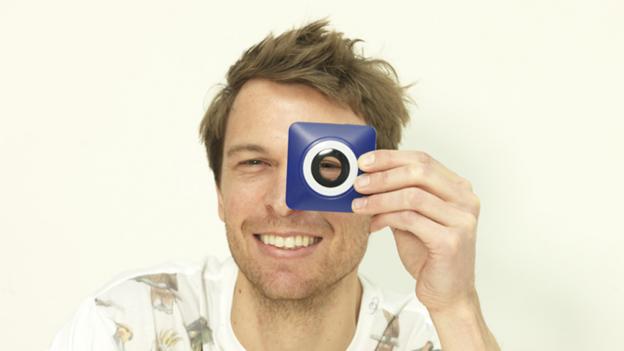
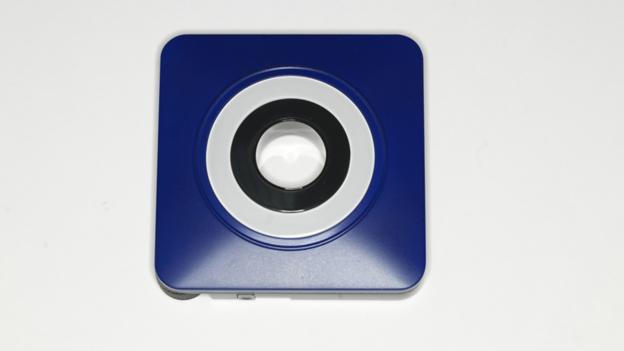

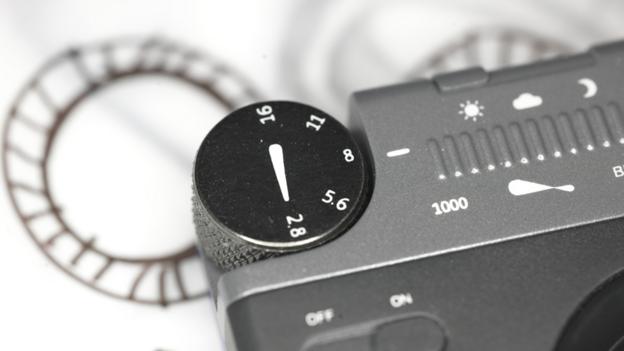
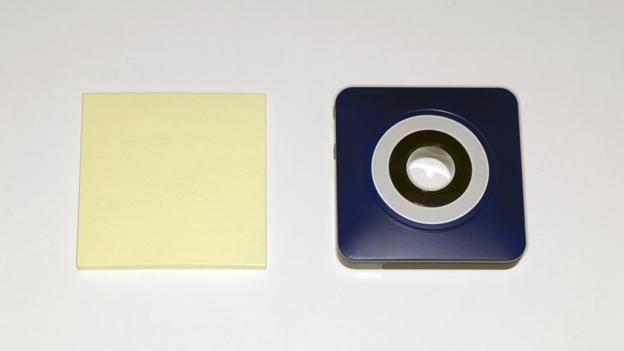
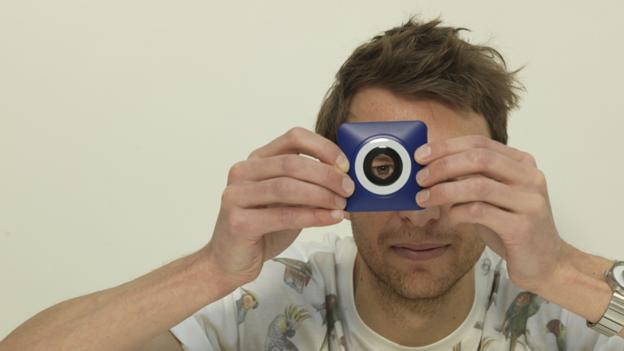
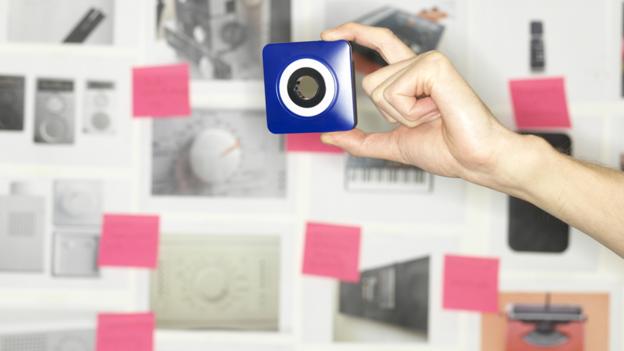
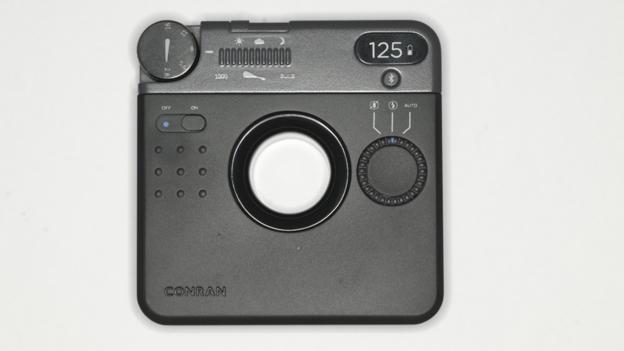
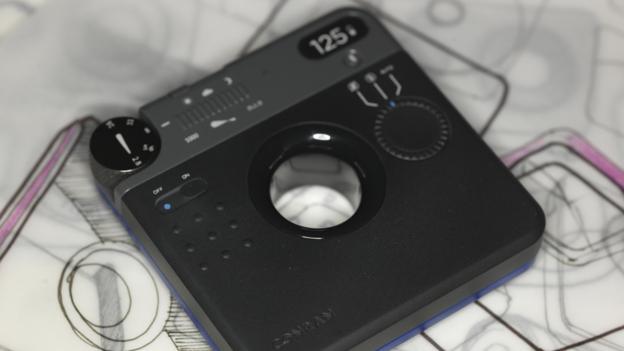
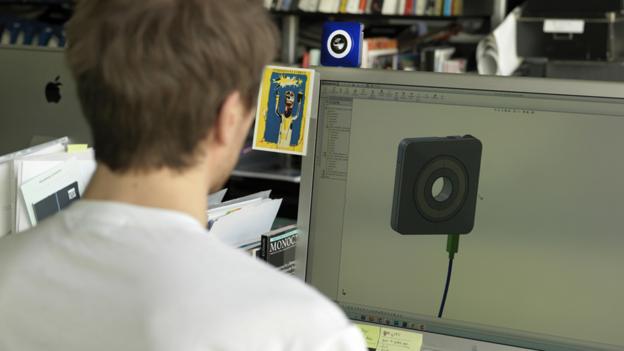
No comments:
Post a Comment